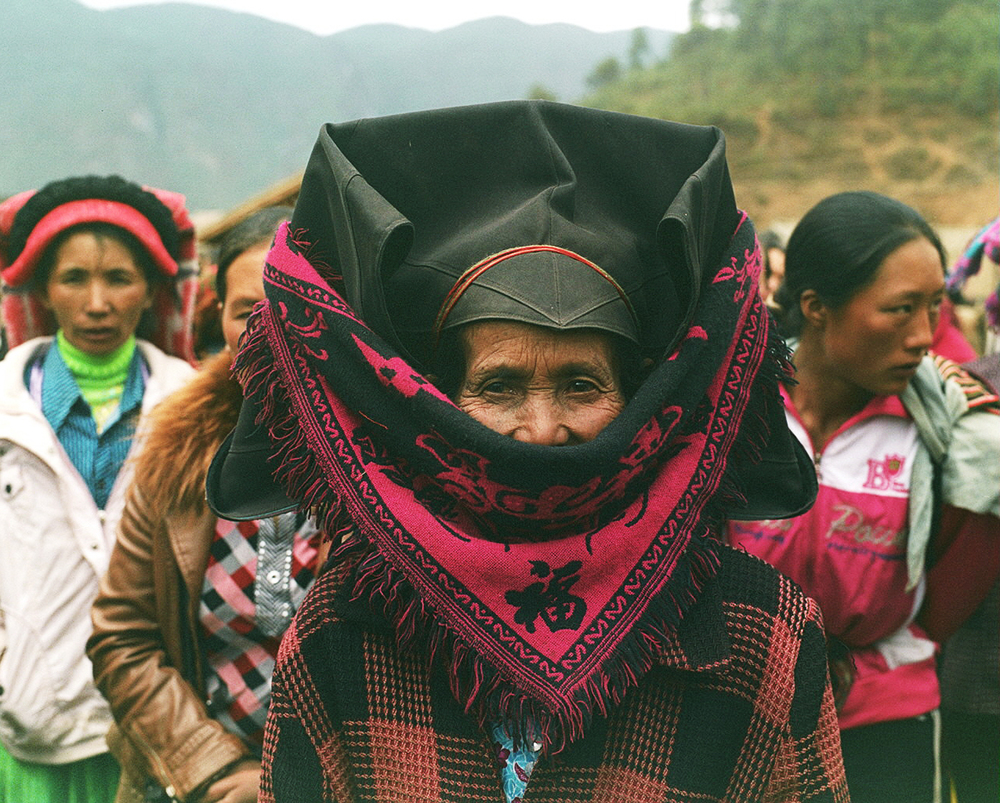Much of the traditional narrative of the human race as told by history textbooks is that we began as backwards, prejudiced people who lived in predominantly patriarchal societies where it sucked to be a woman. Unfortunately for those textbooks, that just isn’t the case. The narrative of history is dotted with hundreds of societies where women were revered as mothers, warriors, military generals, spiritual leaders, and even all-powerful, undisputed queens.
Of course, we’ve all heard of the mythical Amazonian Warrior Queens…but the story of the Amazonian women isn’t all that far from the truth. Curious? Here’s four of history’s ancient matriarchies from all different corners of the world, two of which still exist and thrive today
The Queendom of Kush
![Nubian Pyramids [PHOTO: wikimedia]](https://historythings.com/wp-content/uploads/2016/12/600px-NubianMeroePyramids30sep20052.jpg)
Nubian Pyramids [PHOTO: wikimedia]
These women were warrior queens who controlled the area of the world that is now Ethiopa, Sudan, and parts of Egypt. Instead of ruling alongside husbands, they had king-consorts and ruled alongside their brothers. The family line was passed through the maternal side, not the paternal side. After their deaths, the queens of Kush were buried in their own pyramids filled with treasure.
Famously, when Augustus Caesar of Rome tried to invade Kush, the queen wouldn’t have it. Kandake Amanishakheto suited up in her own armor and rode a chariot into battle, defeated the Roman invasion, and brokered a clever, favorable peace treaty between Kush and Rome.
The Sitones (Suevi)

PHOTO: pinterest
The Romans referred to it as “The Land of Women”. The Sitones, or Suevi, were a first century BC Germanic tribe that lived somewhere near Scandinavia. According to Tacitus, they were a tribe that “resembled the Suiones (another Germanic tribe) in all respects except that the Sitones have quod femina dominatur“. The phrase “quod femina dominatur”, is taken by most anthropologists and historians to mean that either their ruler at the time was a woman, or they were a tribe were women always ruled. Since the Romans also referred to the Sitones as “The Land of Women”, it’s likely the latter is true. Not much else is known about this tribe, except that they’re one of the early ancestors of Sweden. Other Germanic and Celtic tribes often had women in places of both spiritual and political power. It seems the Suevi were no exception.
The Mosuo (Na)

PHOTO: squarespace.com
The Mosuo, who often call themselves the Na, are a small Chinese ethnic group that lives close to the Chinese-Tibetan border. They refer to themselves as a matriarchal society, and they’ve been quietly practicing their way of life in China for thousands and thousands of years. They’re one of the world’s last true matriarchies.
In Mosuo society, the men have virtually no roles in their world except for taking charge of livestock and fishing. It’s the woman that rule the roost. Each home is owned by a matriarch, or Ah mi, who has absolute power over every member of her home. The women do all the work and produce all their household goods and look after their children.
When they get married, the households do not mix. The wife will stay with her mother, and the husband with his, and they will have what’s called a “walking marriage”, where they meet at night to see each other and then go back to their families and responsibilities during the day. Divorce is pretty much non-existent, women can take multiple partners without judgement, and there are never any custody battles, since the children belong to the mother’s family and take the mother’s last name.
Sadly, as Mosuo children are growing up, they’re more often leaving the home to go to the nearby cities to work, breaking the traditional Mosuo family structure. If this goes on, the Mosuo are concerned their way of life may begin to vanish.
Hopituh-Shi-nu-mu

PHOTO: psychology4a.com
The Hopi, or Hopi-Shi-nu-mu (“the peaceful people”) are an independent Pueblo tribe that are currently spread across fourteen villages east of the Grand Canyon, surrounded completely by the Navajo reservation. Other Native Americans refer to them as the “oldest of the people”, and the Hopi regard themselves to be the first inhabitants of America. Their village, Oraibi, is the oldest continuously occupied settlement in the United States, according to author and expert Frank Walters.
Socially the traditional Hopi society is based on kinship clans. These clans are passed through maternal side of the family. Women own the land and garden plots, and are in charge of Hopi exports like arts and crafts, while the men are in charge of the farming, sheep, and livestock.
Today, the Hopi tribe still follows their traditional customs that have existed for hundreds of thousands of years. Marriage outside the tribe, as well as adoption into it, is very rare. They’re fiercely protective of their way of life.

